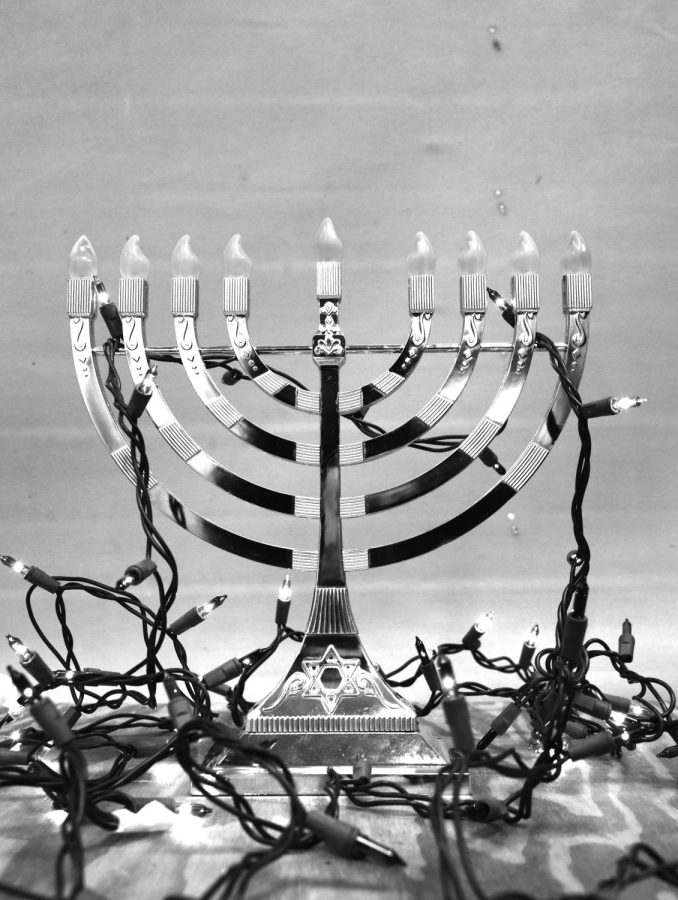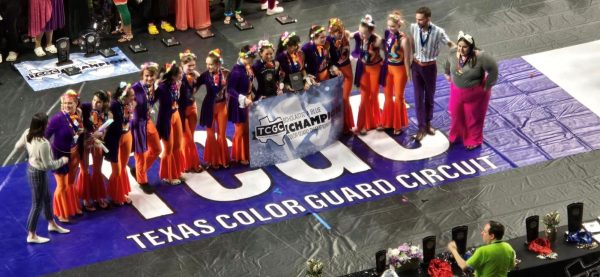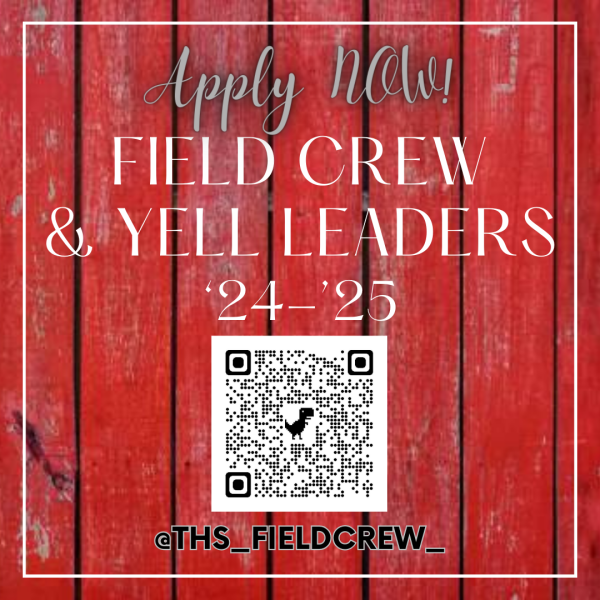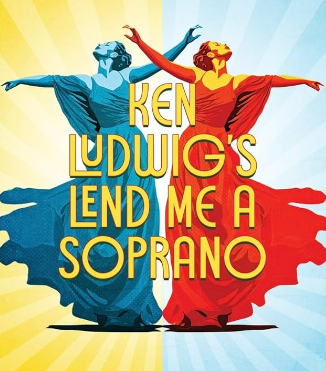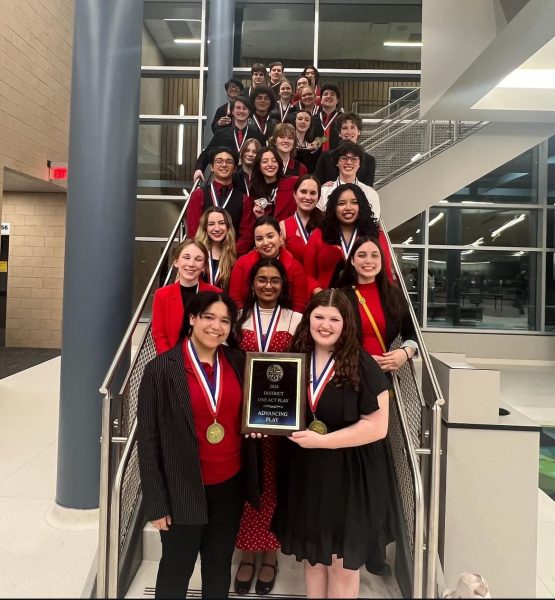Worldly winter festivities: Holiday season includes more than Christmas
Menorah in all its glory during this festive time of the year
December 12, 2022
With the holiday season beginning, certain celebrations like Christmas are prioritized. With this, there is a lack of education on many religious traditions and holidays. Many students belong to different religions and cultures. It is important to learn about other traditions to make sure no one feels as if their customs are unimportant. Here are some worldwide winter festivities to learn about.
Diwali, or the Festival of Lights, takes place between October and November and is a part of Hindu culture. It is a five-day-long festival but can take longer in certain Indian states. Diwali is commemorated by eating traditional dishes (such as Samosa and Aloo Bonda), presents, and spending time with close friends and family. Around 6 million people in America alone take part in honoring this holiday.
Hanukkah, or Chanukah, is a Jewish holiday to honor Judas Maccabeus, a Jewish priest. The small jar of oil he found in the Second Temple of Jerusalem burned for eight days, instead of the supposed one day. Thus the eight candles on the menorah represent the eight days the oil lasted, with one candle being lit each night. This is followed by reading Scripture and giving gifts. Hanukkah follows a different calendar so the holiday starts on a different day every year.
Kwanzaa is a non-religious or secular holiday that began in the United States based on Southeastern African Traditions. Kwanzaa has seven days of celebration, from December 26 to January 1 every year. Each day upholds a principle represented by Kwanzaa: Unity, Self-determination, Collective work/responsibility, Cooperative Economics, Purpose, Creativity, and Faith.
Chinese New Year is not based on religion as it celebrates the beginning of a new year according to the lunisolar calendar. The 16-day-long celebration includes a week-long public holiday that includes putting red decorations up, families getting together, giving gifts, and eating traditional meals, including Chinese Dumplings to represent wealth and fish to increase prosperity. The celebration concludes with the Lantern Festival to honor loved ones who have passed on with colorful lanterns, oftentimes with riddles written on them for people to answer for a small prize.
Omisoka is considered the second most important day in the Japanese tradition. The reason it holds an important significance over other holidays is that it marks the final day of the old year and the eve of New Year’s Day. One thing that they do to mark the celebration is gather around with their families, and eat a bowl of Toshi Koshi- soba or Toshi Koshi-udon as their final meal of the old year. Many people like to visit shrines or temples around midnight.
Being surrounded by other cultures is essential to humankind’s ability to grow and respect one another. Valuing other cultures will bring more equality to the world, in turn benefiting everyone.








